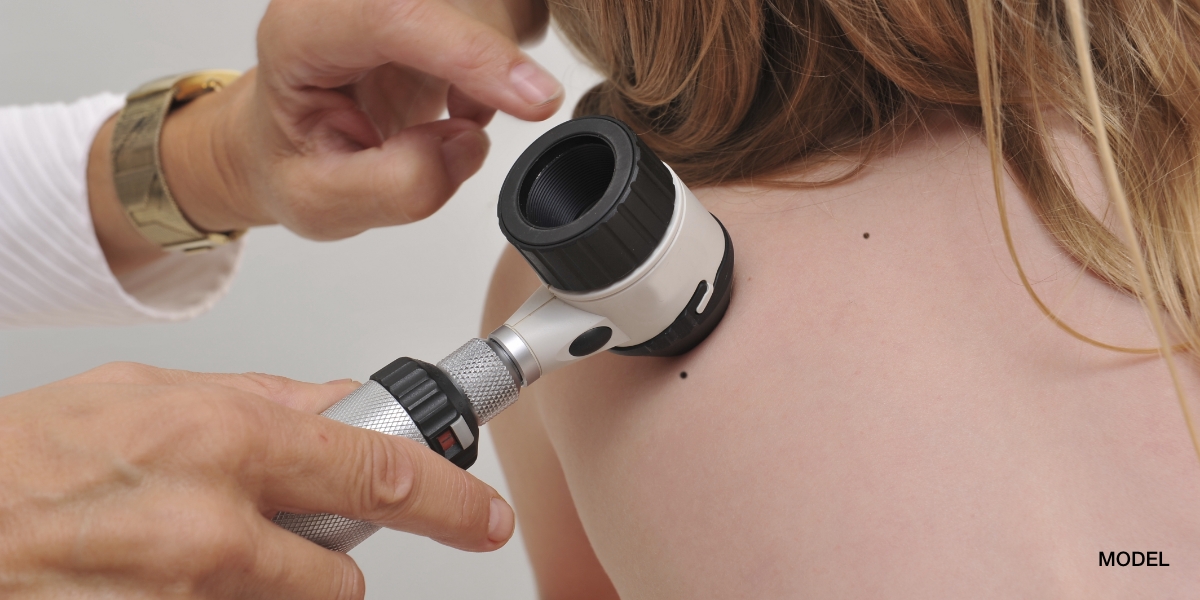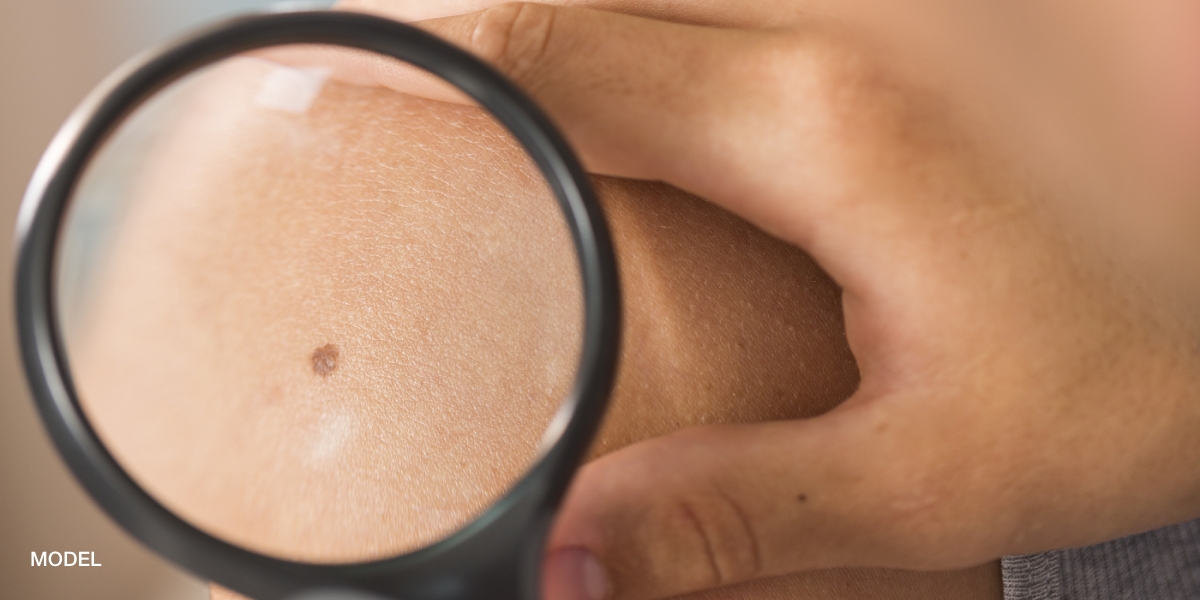Pityriasis Lichenoides Chronica (PLC) is a rash that I encounter in both my The Woodlands dermatology and Conroe dermatology clinics. It is rather rare and is the less severe longer lasting “cousin” of PLEVA (see blog entry Rash – Pityriasis Lichenoides et Varioliformis Acuta). PLC presents as red or white small scaly plaques on the trunk and extremities which arise spontaneously and can last from months to years. Histologically, there is a lymphocytic infiltrate with a clonal T population, which is significant only in that there is a low grade cutaneous lymphoma, mycosis fungoides, which has a similar clinical appearance and also is comprised of a clonal T population. Studies have not revealed PLEVA or PLC converting into mycosis fungoides although there are a few case reports of such a malignant conversion. It is hypothesized that PLC is caused by a dermal hypersensitivity reaction to an infectious agent such as the virus Epstein Barr Virus (EBV). PLC is very recalcitrant to treatment hence its chronic nature but topical steroids and tetracycline are the mainstys of treatment. Methotrexate and UVB/PUVA light therapy have been used in severe cases.
October 23, 2010

Medically reviewed by Anthony J. Perri, M.D.
You May Also Like



Request a Consultation (Sidebar)
Recent Posts
Categories
- Uncategorized (512)
Tags
acne (6)
acne treatment (3)
acne vulgaris (2)
basal cell carcinoma (2)
biopsy (3)
cold urticaria (1)
common skin conditions (11)
dermatologist (15)
dermatology (7)
dr. perri (8)
dry skin (1)
eczema (2)
filiform (1)
health (3)
Herpes (1)
herpessimplex (1)
hives (2)
indentification (1)
keratosis pilaris (1)
Lichen Planopilaris (1)
melanoma (2)
moles (3)
periungual (1)
perri dermatology (10)
prevention (2)
rashes (2)
rosacea (3)
rosacea therapy (2)
skin cancer (6)
skin cancer screening (5)
skin care (2)
skin checks (8)
skin condition (6)
skin conditions (8)
skin damage (2)
skin exam (8)
summertime (3)
sunburn (3)
sunburns (2)
Sunprotection (1)
sunscreen (2)
virus (1)
warts (2)
why perri dermatology (3)
woodlands dermatologist (6)
